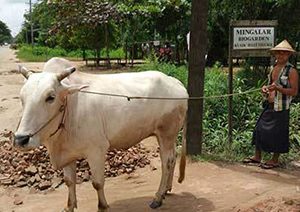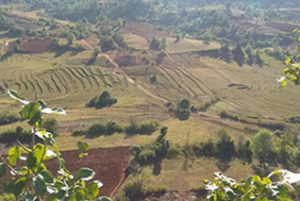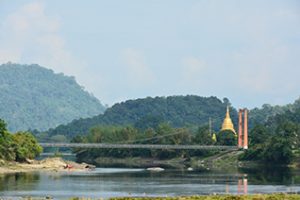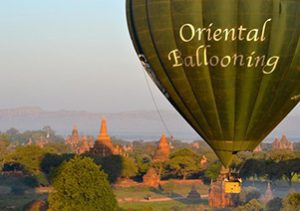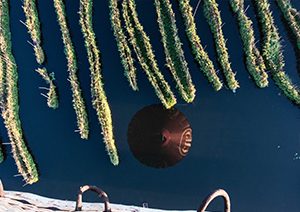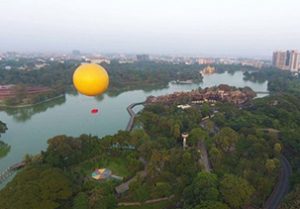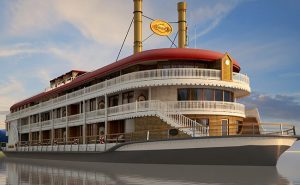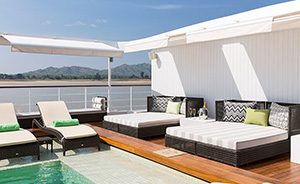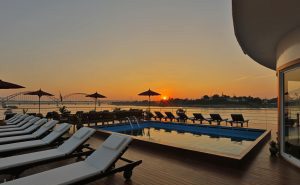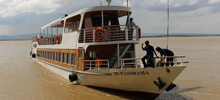The Nagas
Mandalay-Hkamti-Lahe-Naga Hills-Lahe-Hkamti-Mandalay
(8 Day / 7 Night – Nov – May)
Overview
The Nagas are a group of tribal people inhabit in northwestern Myanmar bordering with Indian state of Nagaland. The numerous Naga languages belong in the Tibeto-Burman language group of the Sino-Tibetan language family, tribally organized, with a strong warrior tradition. Their villages are sited on hilltops and till the later part of the 19th century, they make frequent armed raids on the plains below. Although the tribes do not form a homogeneous group considering the diversity in their language and traditions, they have many similarities in their culture which set them apart from the neighbor elsewhere in the area.
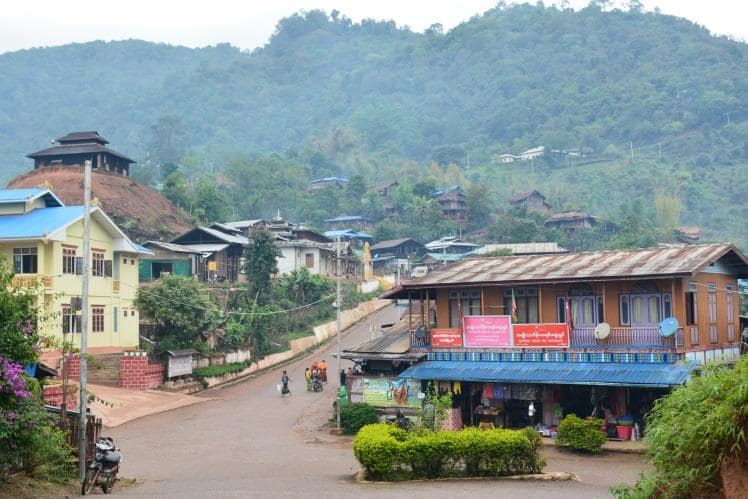
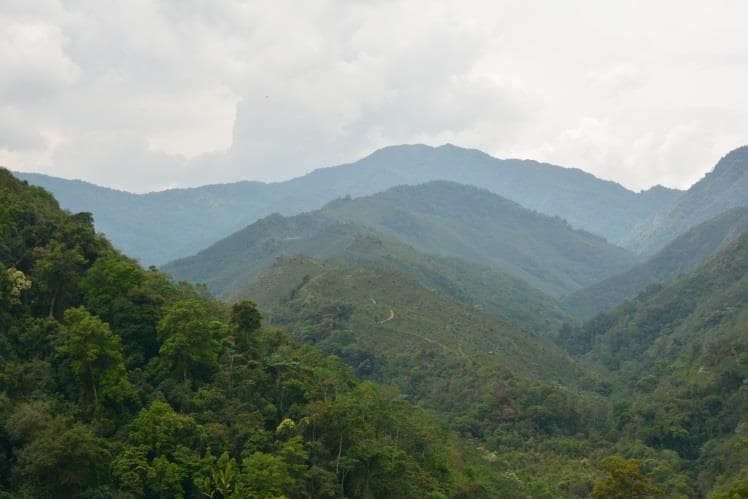
The village is a well-defined entity with distinct land demarcation from neighboring villages. Each has a dialect of its own and as such there is a strong sense of social solidarity within it. The people in it are held together by social, economic, political and ritual ties. The villages have their own identity but not in isolation as there are interdependent relationships with neighboring villages.
Itinerary
Here we met our driver and drove straight to Hkamti. We have covered total road distance (56 Mile / Km) but mostly on a dirt road and lots of ups and down took us about 6 hours to complete. Laha (the capital of Naga self-administrative Zone, which includes Lahe, Lashi and Namyune townships). Lahe, beautifully parched at a ridge under the shadow of Marlar Hill. We have checked in at Shwe Taung Dan guest house. This afternoon we explore the town include Naga traditional Pan (where Naga worriers gather to strike the wooden bell during the Naga New Year festival), Buddhist Pagoda and Churches.
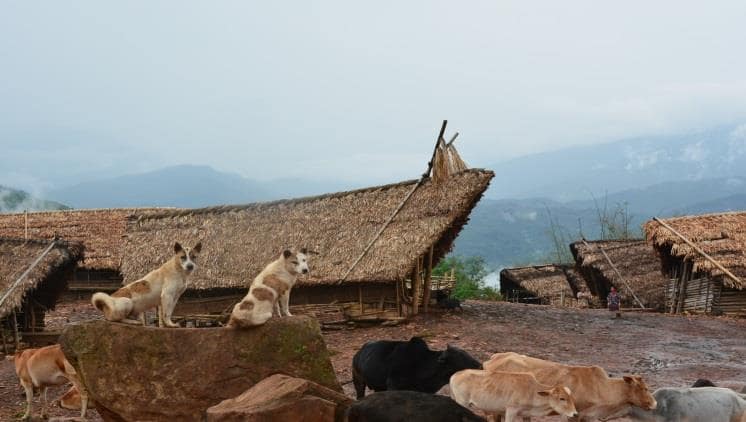
Immediate after we left Lahe we were on the dirt road but after a mile or so we were on the so-called bike trek, which goes gently ups and downs. Vegetation change into thick evergreen forests and now we find ourselves following steady flowing Hwe Htaik creek. After about two hour trek we found Hwe Htaik village perched on the top of the mountain overlooking the entire valley. The Naga tribes who live at Hwe Htaik are of Lai Naung clan, who do not mix with other but prefer their own group.
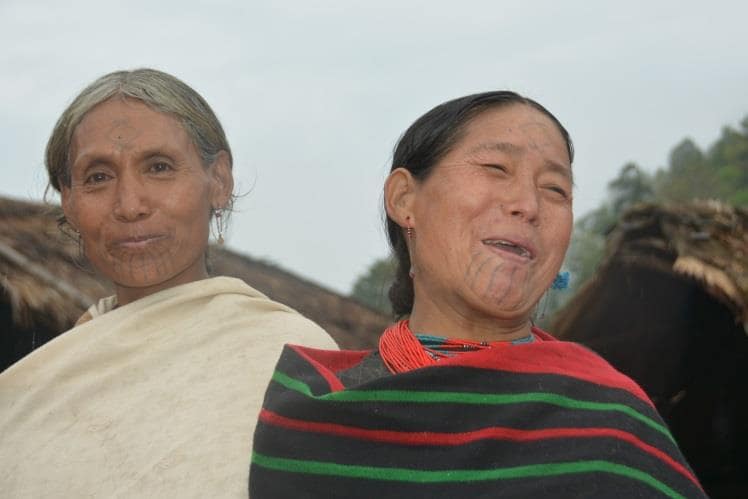
We walk around the village and had an opportunity to observe their everyday activities. Later we head off our next destination at Pon Nyo Nok Inn. As soon as we left the village, the trail goes straight down all the way to the valley. As usual, Naga always lives on the top of the hills (mainly for the security reason as historicistically they have many enemies due to their barbaric culture and headhunting tradition). Pon Nyo Nok Inn, beautifully perched on the ridge, secured by higher mountains all direction but south where you have a steady flow Hwe Htaik creek.
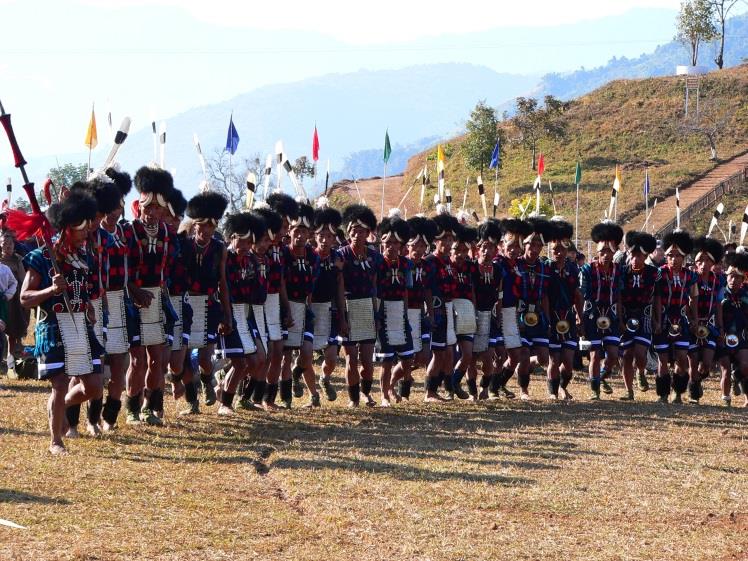
Trek goes up till we reach the top of the ridge which is 6700 +, but from here the trail goes steadily down till we get to the valley of 2500+ft, then a steady uphill of 3800+ft took us to our final destination. There is no settlement between these two villages but most part through the complete wilderness in rich rain forests. As usual, we walk around the village to meet and greet the local. We were invited to the village head man’s home for dinner thus we had a good social interaction over dinner. Pon Nyo N/K is located close to the Myanmar/Indian border and accessible with a motorbike and smaller 4WD vehicle during a dry season.

Once we reach the valley then the trail goes straight up to Saw Law, another ancient village is believed to be the center of the warriors. From here we see our destination village boldly parched at the top of the mountain top on the other side of the ridge across Thetyan valley. We trek down till we get to the creek and follow gentle trail leads to the bottom of the ridge but once we get to the upper ridge then trek goes straight up to nearly 4000 ft., which was by far will be of the most challenge of the day. However, once we get to the village we will find that the climb was well worth just to see the village and its environs. Sapalaw Ywarma Ma, which is believed to be the oldest and most interesting village located on the tip of the mountaintop and isolated themselves from other Naga villages in the area.
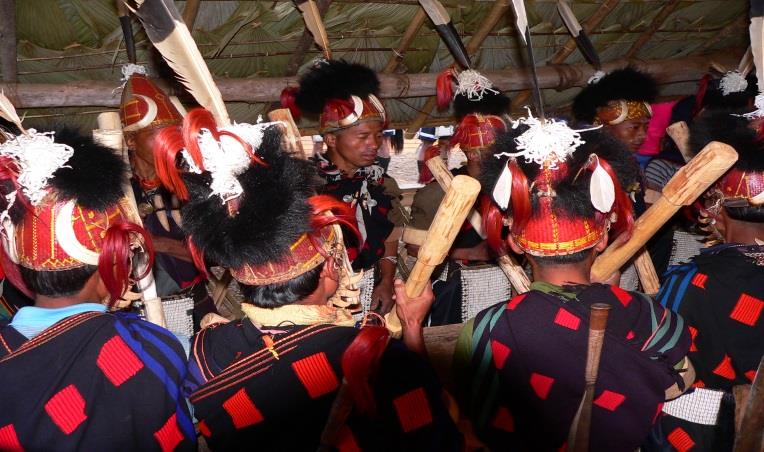
There were lots of activities in the morning that we have an opportunity to observe. We had a great time sharing the local activities and later bit farewell and left for Lahe. At first, we walk straight down to the creek and once we cross the creek then train goes gently up and soon after we found ourselves walking on the dirt mule trek which leads to Lahe by motorbike all year round but 4WD only during the dry season. We had lunch stop and later hop on the awaiting jeep and travel back to Lahe. Here we find the time to shower ourselves and had a proper meal at a restaurant.

We have a leisure morning to visit more of the town and do some shopping. Later we travel by jeep to Hkamti. We had the afternoon free to explore the town and some shopping.
Hkamti was considered part of a contiguous Shan homeland that run from north-east of Myanmar. Few remnants of colonial-era still remain. The British created an enclave on a hill named Bo-Gone (meaning British Hill), but only the administrative office near Hkamti hospital still remain there. The descendants of “Myosar” or headman family now live a normal life like everyone else although their home once the biggest in town. Over the time Naga have migrated in this fertile land and now the Shan and Naga are quite evenly split.
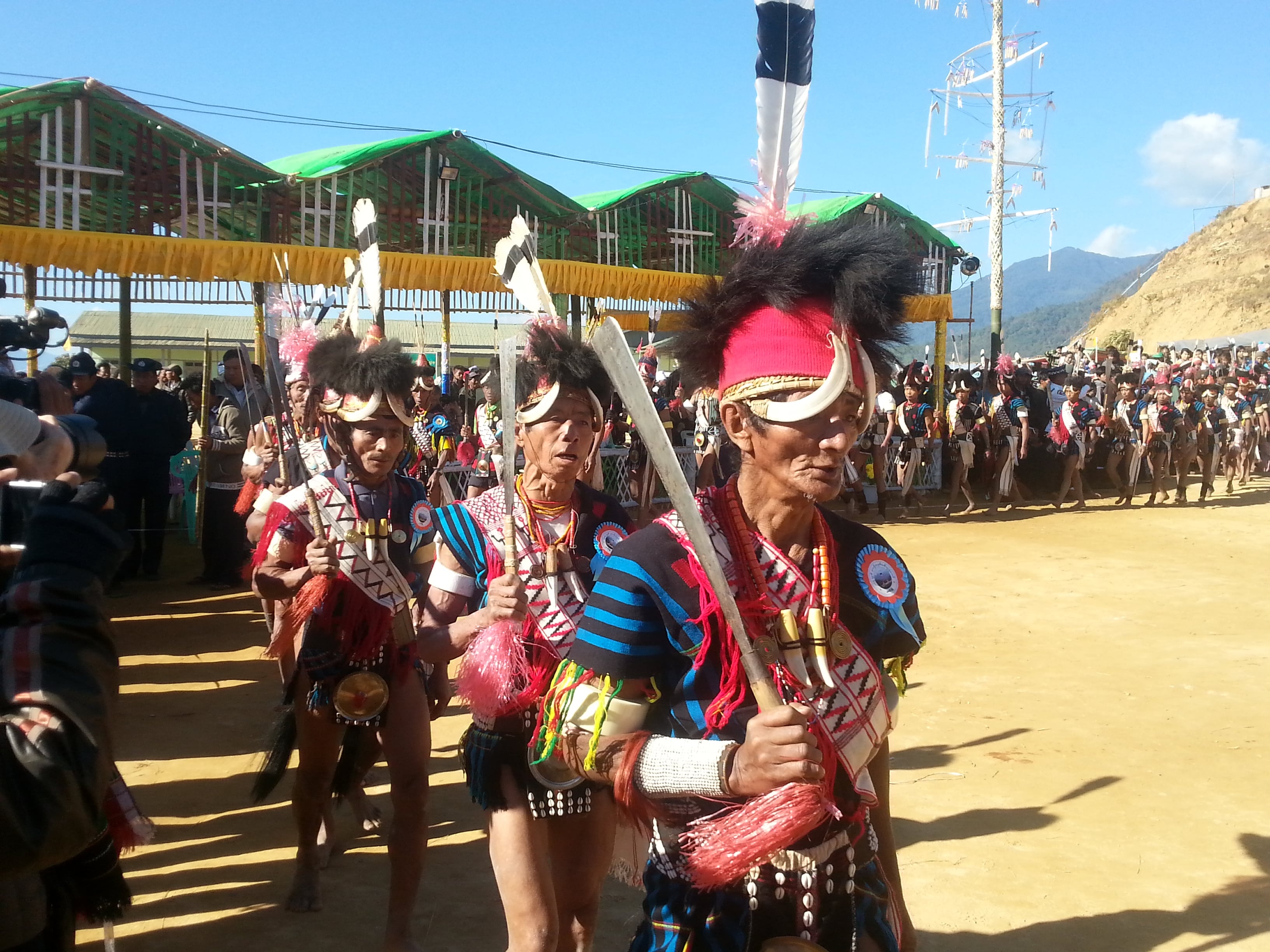
We flew to Mandalay and transit back to Yangon to end this unique adventure!
End of our tour
Service Include :
- MDL-KHM-MDL Airfare
- Ground transport (coach, Jeep)
- Accommodation (Guest House, local home, tent)
- Escorted English Language guide and porters
- Full Board meal, safe drinking water
Service Excludes :
- Insurance
- Expenditure on personal nature such as laundry, beverages, gratitude to guides and porters
- Any cost associated with transportation of the equipment (except for item which is necessary for the trek)


